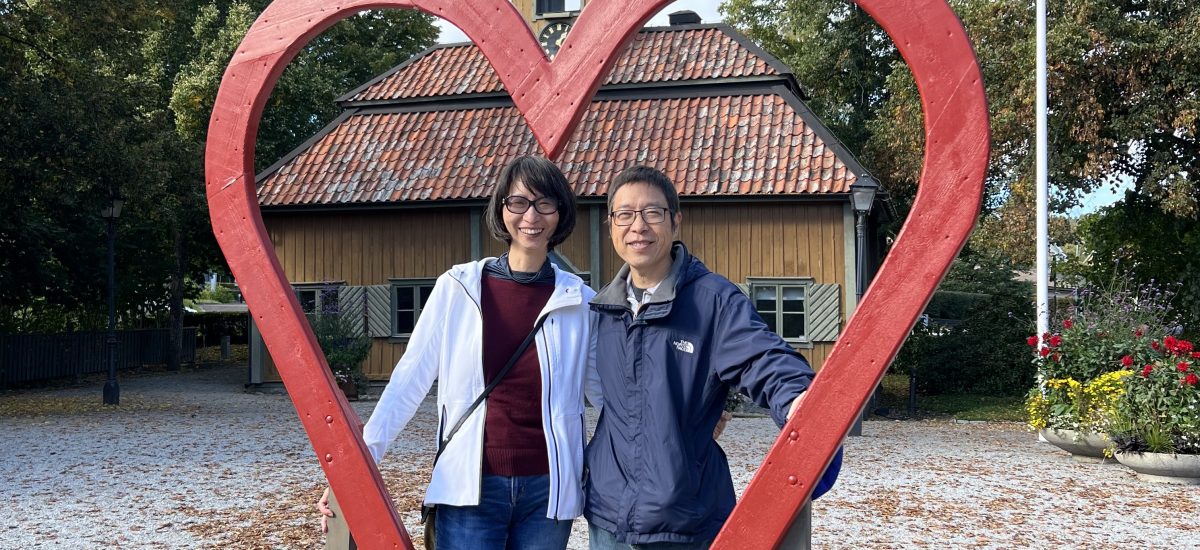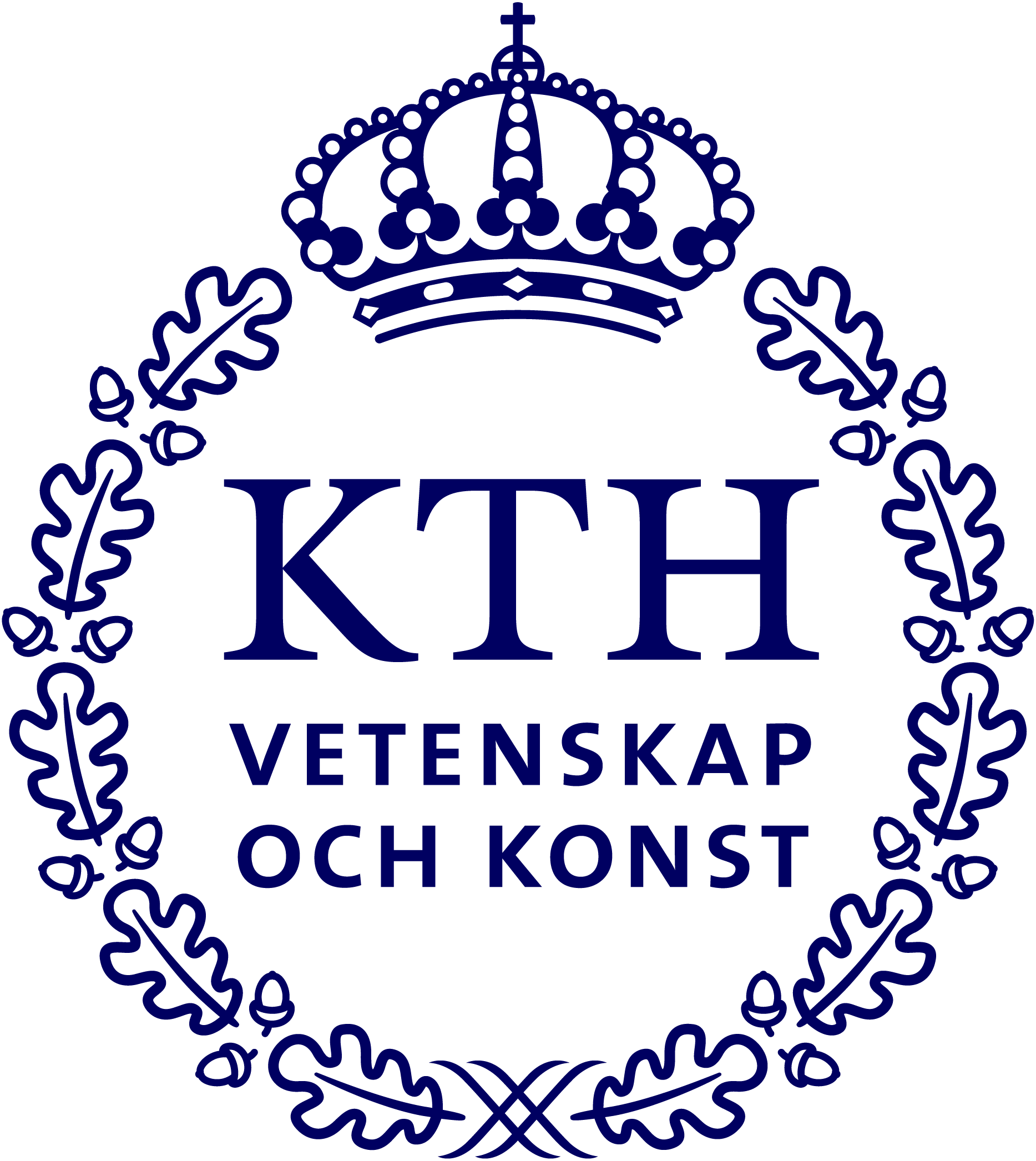
I enjoy finding solutions to complicated problems, and have a natural curiosity for exploring new areas!
Jiang Hu is a professor in the Department of Electrical and Computer Engineering at Texas A&M University. He received a B.S. degree in optical engineering from Zhejiang University (China) in 1990, an M.S. degree in physics in 1997 and the PhD degree in electrical engineering from the University of Minnesota in 2001. He worked with IBM Microelectronics from January 2001 to June 2002. He joined Texas A&M University in 2002.
Honours include receiving a best paper award at the ACM/IEEE Design Automation Conference in 2001, an IBM Invention Achievement Award in 2003, a best paper award at the IEEE/ACM International Conference on Computer-Aided Design in 2011, a best paper award at the IEEE International Conference on Vehicular Electronics and Safety in 2018, and the best paper award in MICRO 2021.
He has served as a technical program committee member for DAC, ICCAD, ISPD, ISQED, ICCD, DATE, ISCAS, ASP-DAC and ISLPED. He is the general chair of the 2012 ACM International Symposium on Physical Design. He served as an associate editor of IEEE Transactions on CAD and an associate editor for the ACM Transactions on Design Automation of Electronic Systems. He received the Humboldt Research Fellowship in 2012. He was named an IEEE Fellow in 2016.
Jiang Hu is a Digital Futures Scholar in residence from August to December 2022 and was one of the panellists in the Digital Futures panel Societal-Scale Digital Transformation: Triple-Helix or Triple-Crux? at the conference Digitalize in Stockholm 2022.
Hi Jiang, since August this year, you have visited Digital Futures as a scholar-in-residence. What made you take on this opportunity?
– KTH has internationally renowned scholars in many fields. For example, my host Prof. Zhonghai Lu, is one of the most famous experts in the field of networks-on-chip. This visit offers me a great opportunity to closely interact with Prof. Lu’s group and get to know research activities of other groups. Moreover, Stockholm is such an attractive place and has long been at the top of my destination list.
Your research includes VLSI design automation, architecture optimization, hardware security, machine learning applications and smart systems. How come and why do you find this so fascinating?
– My research is interdisciplinary between computer hardware and software. Such research allows me to enjoy the beauty of both worlds!
You have received a number of best paper awards, served as a technical program committee member at many organizations, acted as editor, received the Humboldt Research Fellowship in 2012 and was named an IEEE Fellow in 2016 – how do find the time and what drives you?
– Like many other people, I enjoy finding solutions to complicated problems, and have a natural curiosity for exploring new areas. One can treat research as another form of electronic games, just somewhat more complicated. We can always find time to work on something, if it is a lot of fun for us.
Recently you gave a Digital Futures distinguished lecture on “Machine Learning Techniques for Microprocessor Power Modeling and Performance Diagnosis” – tell us more about this.
– Power and performance are the two most important objectives for almost any microprocessor design. We developed a machine learning-based fast power modelling technique. It can reduce power simulation time from a week to a few minutes. Such fast evaluations would allow designers to search for much more solution options. We also proposed a machine learning-based technique for automatic performance bug detection. Performance bugs slow down computing unnecessarily but do not affect computing results. By automatic detection, microprocessor designers can reclaim the performance loss in a much faster way than before.
Finally, tell us a little bit about yourself. What have you done in Stockholm so far?
– I like to travel, and Europe is my favourite. I listen to pop music – including ABBA – and read history stories – China and Europe alike. Besides visiting tourist destinations, I enjoy the daily life here, which is vastly different from Texas, where I live. Commuting to the office, shopping in the supermarket, hiking in a forest park, tasting cake in a bakery and wandering in the old town are all enjoyable experiences.
Your scholarship has now ended – what has your experience been like, and what are you going to do next?
– This visit is an unforgettable experience – beautiful sceneries, a cultural environment and friendly people. I truly thank Digital Futures, for not only sponsoring the scholar in residence program but also the nicely organized events, such as workshops and Christmas lunch. I will continue to collaborate with KTH professors after the visit. I hope there will be future opportunities to visit here again and very glad if can host friends from Sweden in Texas!
Link to the profile of Jiang Hu
Photo: Jiang Hu, together with his wife Min Zhao, visiting Sigtuna


